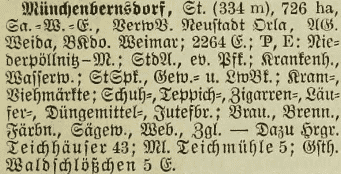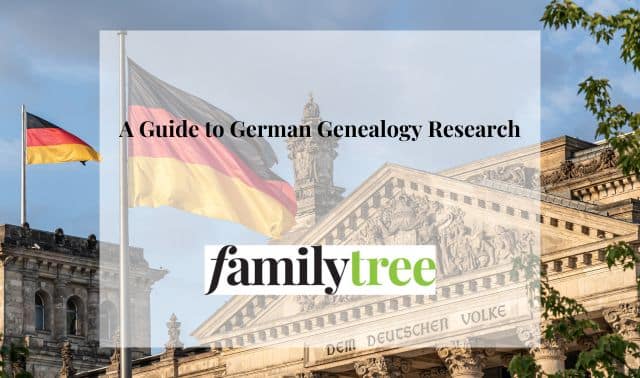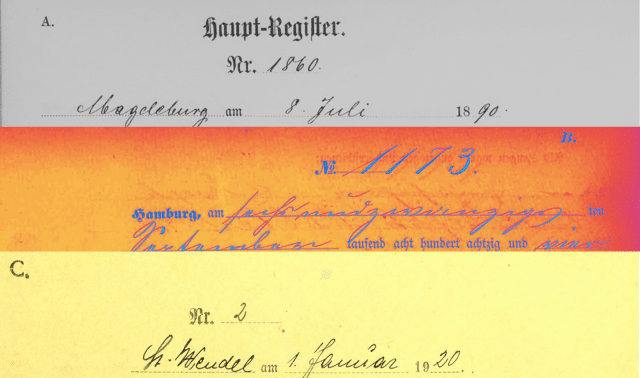Sign up for the Family Tree Newsletter! Plus, you’ll receive our 10 Essential Genealogy Research Forms PDF as a special thank you.
Get Your Free Genealogy Forms
"*" indicates required fields

Before the 1940s, most records in German-speaking areas (as well as surname books, newspapers, journals and gazetteers) used a Gothic font called Fraktur. Handwritten documents were composed in cursive using a type of script known as blackletter. Notoriously difficult to read, the Fraktur form of blackletter has been giving German genealogy researchers fits for centuries.
As a matter of fact, the font isn’t just difficult for the human eye. Only within the last couple of years has optical-character recognition software allowed archivists to scan German-language newspapers printed in Fraktur, the Gothic script.

Online German Script Translators and Resources
Old German handwriting in the Fraktur script can be hard enough to read, let alone translate. So to make a serious attempt at understanding German genealogy records, you’ll have to crack the Fraktur code. How? Here are six websites that can help:






